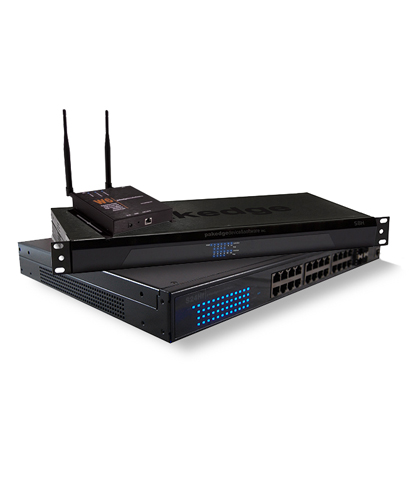- 03.23.2016
- About Gramophone Commercial Solutions Custom Design
Home Networks Impact Every Phase of Architectural and Interior Design

 The Power and Necessity Of A Strong Home Network
The Power and Necessity Of A Strong Home Network
A robust, secure home network is as essential to today’s homes as the plumbing system. It is the backbone that enables communication, delivers entertainment and provides security and comfort. It is the foundation that brings to life high-definition TVs, multi-room audio, home theaters, automated lighting and draperies, HVAC systems, security, and wireless Internet in every room. Given the importance and potential complexity of the home network, it is an integral element in the architectural and interior design process of any new home.
The Home of the Future Today
Anyone designing or buying a new home today expects that it will allow them to easily and seamlessly enjoy all of their electronic devices and to take advantage of available and future automation, streaming media, and control solutions. Although many of the most popular electronic devices are wireless, both a wireless and wired networking infrastructure is needed.
Early Preparation Leads To Long-Term Satisfaction
Incorporating that infrastructure in the initial planning and design stages of a home ensures beautiful, sleek interiors; prepares the interior and exterior for the integration of additional digital solutions; and saves the homeowner money in the long run. Installing Ethernet cables in the walls and ceilings during the initial construction phase is less expensive and more convenient than doing it after the home is built.
A Platform To Build Upon
Home automation and control solutions were priced beyond the means of a majority of homeowners just a few short years ago. That’s not true today. Most are affordable and can be controlled by a smartphone and tablet. A robust home network will include strong Wi-Fi connections in each room and in outdoor livingareas to ensure that all wireless communications, apps and streaming services work without interruption. A wired infrastructure is recommended for optimal TV image quality when using high-definition video streaming. All home networks and building designs should accommodate a well-designed network incorporating both wireless and wired connection points.
 Smart Design For Digital Lifestyles
Smart Design For Digital Lifestyles
Your clients will depend on their home network for countless everyday tasks, but they don’t want to see most of the components that make it work or the gear that’s attached to it. As the complexity of the home network grows, design becomes increasingly important.
Almost every electronic product and solution today is IP-based and can connect to a home network. Each element and component impacts the design of every home. Keep in mind placement, aesthetics and design schemes for wall-mounted touchpads; modems, routers and servers; telecommunication hubs; AV racks and home entertainment systems; thermostats, wall plates, switches and dimmers; wireless access points and extenders; security cameras; and in-ceiling, in-wall and outdoor speakers. Larger homes will need multiple wireless access points for good coverage. Wireless access points require a wired Ethernet connection. Planning for locations where these can be hidden will improve the aesthetic design of a home.
The Power of Design
As architects and interior designers, it’s imperative to include all aspects of home networking, smart home components, and electronics products in your blueprints, drawings and plans. Your clients will not only appreciate the effort, care and foresight, they’ll expect it.
At Gramophone we are happy to discuss any projects you are working on to help put together the best network design for your clients. Contact us today to get started.
